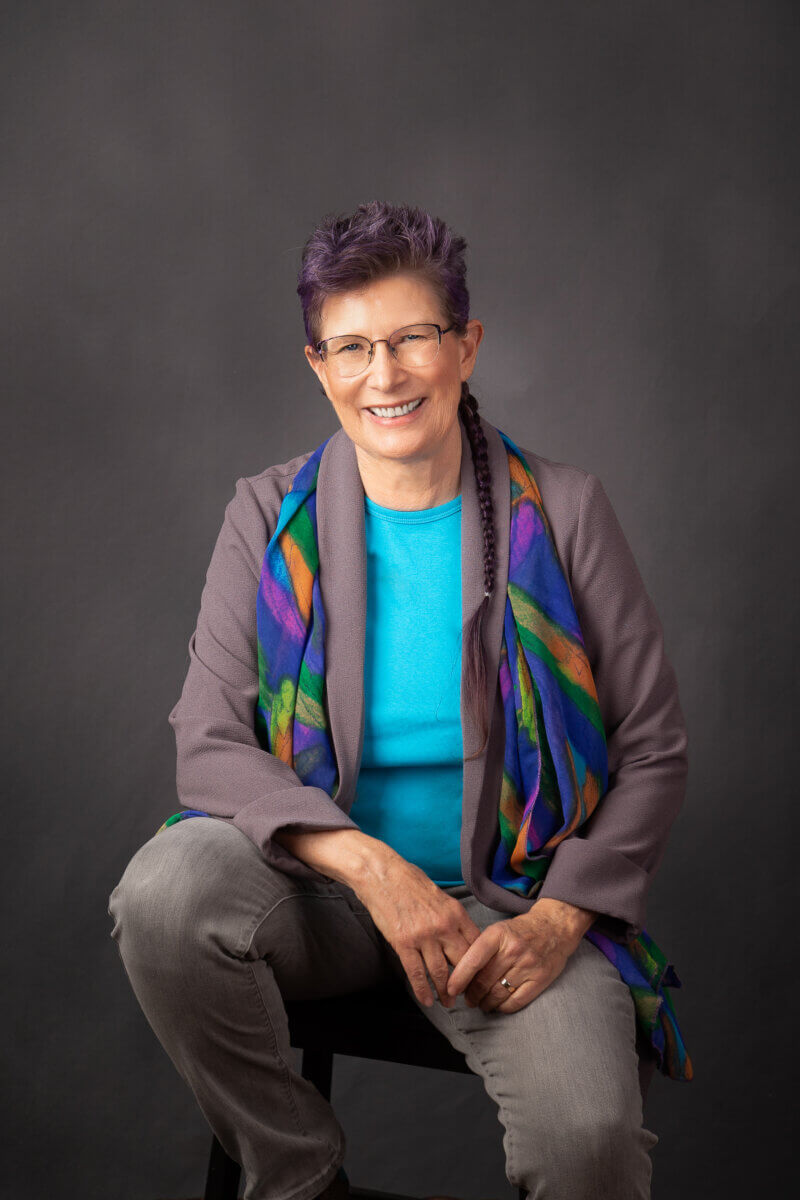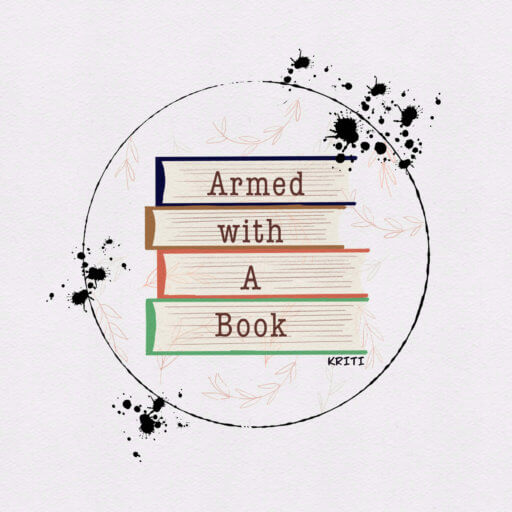Welcome, friend! I am so excited to bring you this conversation with Pat Murphy. Pat’s fiction has won multiple awards for her science fiction and fantasy works, including the Nebula Award, the World Fantasy Award, the Philip K Dick Award, the Theodore Sturgeon Award, and the Christopher Award. Let’s welcome her and learn about her latest book, The Adventures of Mary Darling.

Mary Darling is a pretty wife whose boring husband is befuddled by her independent ways. But one fateful night, Mary becomes the distraught mother whose three children have gone missing from their beds.
After her well-meaning uncle John Watson contacts the greatest detective of his era (but perhaps not that great), Mary is Sherlock Holmes’s prime suspect in her children’s disappearance. To save her family, Mary must escape London—and an attempt to have her locked away as mad—to travel halfway around the world.
Despite the interference of Holmes, Mary gathers allies in her quest: Sam, a Solomon Islander whose village was destroyed by contact with Western civilization; Ruby, a Malagasy woman on an island that everyone thinks is run by pirates (though it’s actually run by women); Captain Hook and the crew of the Jolly Roger; and of course, Nana, the faithful dog and nursemaid.
In a witty and adventurous romp, The Adventures of Mary Darling draws on the histories of women and people indigenous to lands that Britain claimed, telling the stories of those who were ignored or misrepresented along the way.
Get to know the author: Pat Murphy
Hi Pat! It is a pleasure to have you on Armed with A Book. Please tell me and my readers a bit about yourself.

I sold my first story when I was in college, and I’ve been writing and selling fiction ever since.
Much of my work focuses on women who defy and subvert their societies’ expectations. I make up new stories for people to live by. Often that means shaking up the world — changing who is the hero, who is privileged and has power, and who wins in the end. Sometimes it means imagining a new world in which different social rules apply. My fiction echoes my reality — heroes do not act alone; to be heroic, they need the support of allies and their community.
I’ve won the Nebula award for The Falling Woman (novel) and Rachel in Love (novella), the Philip K. Dick Award for my short story collection Points of Departure , and the World Fantasy Award for my novella, Bones.
For more about me and my work, check out my website at https://patmurphy.net.
You’ve shared that The Adventures of Mary Darling began with a desire to retell Peter Pan from Mary’s perspective, and to challenge Sherlock Holmes with a world beyond logic. As the story grew beyond those original sparks, what surprised you most about where the narrative took you?
Initially, I was surprised by how much my historical research contributed to the story. Take, for example, Tiger Lily and her people. They play a very important part in the lore of Peter Pan, but I found Barrie’s depiction of these characters absolutely unacceptable. His Native American characters belong in one of the penny dreadful books that Barrie loved, stories that provided sensationalized and stereotypical views of the peoples and lands that Britain had claimed as their own, depicting those people as “uncivilized” savages.
So I started researching history to find a way to establish realistic Native Americans on the imaginary island of Neverland. Though I’m not a historian, I love doing research – particularly into history that has been ignored, neglected, or willfully disappeared. In the course of my research, I spoke with Thomas Deer, historical and cultural Liaison for the cultural center of the Mohawk territory of Kahnawà:ke. In our conversation, Deer mentioned his ancestors, “The Famous Deer Brothers,” a family stage act that toured the United States, Europe and South Africa.
That comment started me on a deep dive into the history of Native Americans in show business. At a time when most Native Americans were restricted to reservations, being in a Wild West show made it possible for a family to escape the reservation. By traveling with a show, a family could protect their children from the government agents who took Native American children to residential schools that were explicitly designed to force the children to assimilate to white culture.
In The Adventures of Mary Darling, a traveling troupe of performers from the Kanien’keha:ka nation (known to Europeans and American colonists as Mohawks) is shipwrecked on the island of Neverland. Talking with a cultural consultant helped me understand and explore the attitudes of those performers to their audiences. In the novel, Polly Rivers, a young Mohawk girl who goes by the name “Princess Tiger Lily” in the traveling show, comments on this. “White men call us Indians,” she says. “White men made up a story about Indians. They think all Indians live in teepees and carve totem poles and shoot arrows. They don’t remember making up this story. They think it’s true. To make a show that white people will pay money to see, we pretend to fit their story.”
When I started the novel, I knew that Mary Darling would have the starring role. But I did not know about all the allies she would gather on her quest to rescue her children – not just Tiger Lily and her family, but also a Solomon Islander whose village was destroyed by Western civilization, a Malagasy woman who runs an island that the pirates think of as theirs, Lady Hawkins (an American heiress who married a British aristocrat), and the infamous Captain Hook and his crew.
In retrospect, it seems obvious that the novel had to address the racism of the Victorian era, as well as the misogyny. But things that seem obvious at the end of a project are often not obvious at the start.
The Adventures of Mary Darling strikes a fascinating balance between paying homage to classic tales and completely reimagining them. How did you navigate that creative tension of staying true to familiar characters while giving their stories a new spin?
Here’s one technique I find very helpful when retelling a classic tale —I focus on a character who is not the main character in the original story. That change in perspective lets me view the familiar story from a different perspective. By changing the viewpoint, you can retain the actions of a story but change the significance of those actions, causing readers reconsider their attitude toward a character.
Consider, for example, the chapters of my novel that are told from Captain Hook’s view. In my opinion, the Captain wasn’t wicked. Peter Pan, for no reason, lopped off Captain Hook’s hand and fed it to a crocodile. Understandably, Hook was angry about that. I think any reasonable person would be!
Another character I quite fell in love with was Lady Hawkins, an American heiress who had married a British aristocrat. She did a wonderful job of dissecting Sherlock Holmes’ actions in Hound of the Baskervilles.
By changing the perspective, you can also let the reader know what’s going on behind the scenes of the original story. And I think everyone wants to know the secret doings behind the scenes!
I found Mrs. Darling’s choice of babysitter to be a dog quite intriguing. How does Nana end up in this position?
Nana, the Newfoundland dog who serves as the Darling family nursemaid, has always been part of the Peter Pan story. According to J.M. Barrie’s novel, Peter Pan, Nana “belonged to no one in particular until the Darlings engaged her. She had always thought children important, however, and the Darlings had become acquainted with her in Kensington Gardens, where she spent most of her spare time peeping into perambulators, and was much hated by careless nursemaids, whom she followed to their homes and complained of to their mistresses. She proved to be quite a treasure of a nurse.”
I can’t imagine the story of Peter Pan without Nana. I was pleased to have the opportunity to expand on the role she played in Barrie’s original novel.
Incidentally, J.M. Barrie modeled Nana on his own Newfoundland dog, Luath.
Mary Darling sails with some rather unconventional allies. If you were to set off on your own adventure, which character from your book would you want at your side—and why?
That’s a tough choice. I would love to travel with Lady Hawkins. I like the way she thinks!
I think I could also learn a great deal from Julia River, the Kanien’keha:ka grandmother who plays Chief Laughing Bear in the traveling show. In the culture of the Kanien’keha:ka, older women are very powerful. Julia River knows her power and uses it wisely.
But in the end, I think my top choice of traveling companion would be Miss Sanderson, the martial artist who teaches Mary Darling to fence. Miss Sanderson is based on a real woman, an expert fencer, who taught women in Victorian London to defend themselves using umbrellas and hatpins. I’d love to have Miss Sanderson at my side in any fight!
You’ve received some of the highest honors in science fiction and fantasy, from the Nebula to the World Fantasy Award. Looking back, how has your approach to storytelling evolved? Did The Adventures of Mary Darling feel different to write compared to your earlier work?
The Adventures of Mary Darling took longer to write than any of my other novels. My work on this book was interrupted – often for months and months – by other responsibilities such as working full-time as a science writer and caring for elderly parents.
While the interruptions were frustrating, the slower process allowed time for more research and thought about the characters. I find it hard to write when all I can do is grab a few minutes here or an hour there. But I find that I can do research in very short bursts. If I had written the book straight through, with no interruption, I think it would be a very different book.
But honestly, every book I’ve written has been very different from the book before.
For someone who loved your book, which two books would you recommend they pick up next?
If you like short stories, I’d recommend my short story collection, Women Up to No Good.
If you prefer novels, I’d suggest The Falling Woman, my Nebula-award winning novel about Elizabeth Butler, a famous archeologist with a reputation for eccentricity, has a secret. Where others see nothing but dirt and bones and fragments of pottery, Elizabeth sees shades of the men and women who walked this ground thousands of years before. On a dig in the Yucatan, the shadow of a Mayan priestess speaks to her. When Elizabeth’s estranged daughter flies to Mexico hoping for a reunion, she finds her mother embroiled in the supernatural, on a quest for the true reason for the Mayans’ disappearance. To dig up the truth, the archaeologist who talks to the dead must learn a far more difficult skill: speaking to her daughter.
You can also check out my website, https://patmurphy.net, for a number of short stories in online magazines, available for free.
Thank you so much for taking the time to chat with me and share with my readers.
I hope you will check out The Adventures of Mary Darling on Goodreads.
Many thanks to Tachyon Publications LLC for connecting me with Pat and providing a review copy of the book for an honest review!
Thank you for reading the interview! 🙂

Be First to Comment